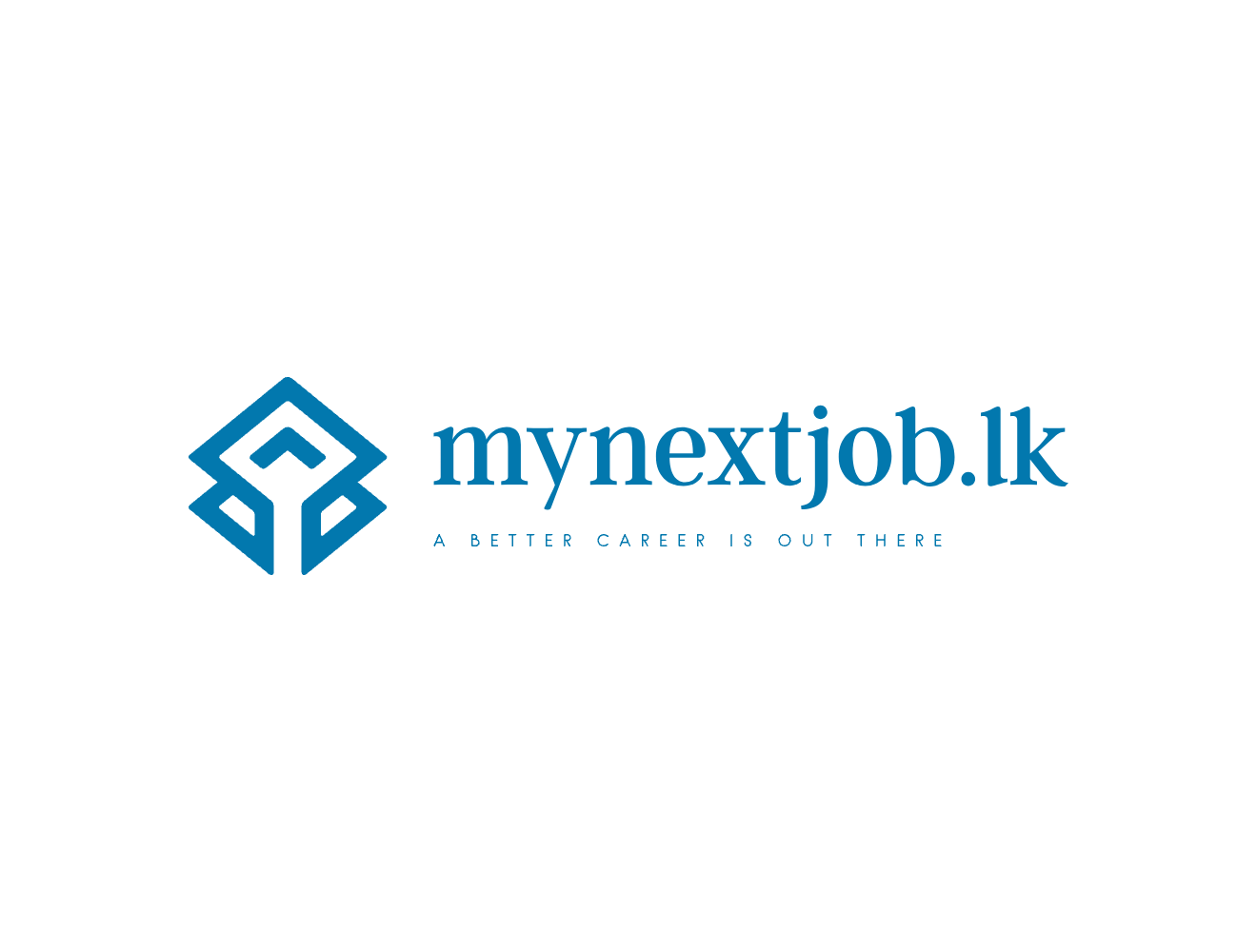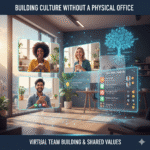The shift to remote and hybrid work has transformed talent acquisition, making remote hiring a critical capability for organizations globally. No longer constrained by geographical boundaries, companies can now tap into a diverse, worldwide talent pool. However, finding and vetting the right candidates exclusively online presents a unique set of challenges. This article outlines effective strategies for remote recruitment, focusing on optimizing virtual interviews and employing robust methods for thoroughly assessing and selecting top talent in a digital-first environment.
- Expanding the Reach: Strategic Remote Recruitment
- Mastering the Virtual Interview Process
- Vetting Talent Online: Beyond the Resume
- 1. Skills Assessments and Technical Challenges
- 2. Behavioral and Cultural Fit Assessment
- 3. Comprehensive Reference Checks and Background Screening
- The Candidate Experience in Remote Hiring
- Conclusion
Expanding the Reach: Strategic Remote Recruitment
 The first step in remote hiring done right is to intentionally broaden your recruitment strategy. Instead of looking locally, organizations should actively seek candidates wherever the best talent resides.
The first step in remote hiring done right is to intentionally broaden your recruitment strategy. Instead of looking locally, organizations should actively seek candidates wherever the best talent resides.
1. Optimize Job Descriptions for a Global Audience
- Focus on Outcomes, Not Location: Clearly state that the role is remote or flexible. Emphasize the responsibilities and desired results, rather than requiring physical presence.
- Highlight Remote Benefits: Showcase the perks of remote work culture, such as flexibility, work-life balance, and autonomy, to attract candidates who prioritize these aspects.
- Inclusive Language: Use gender-neutral and inclusive language to appeal to a diverse range of candidates from various backgrounds.
2. Leverage Digital Platforms and Networks
- Global Job Boards: Utilize international job boards and remote-specific platforms (e.g., Remote.co, FlexJobs, We Work Remotely) in addition to traditional ones.
- Professional Networking Sites: LinkedIn remains a powerful tool for direct sourcing and building relationships with potential candidates worldwide.
- Niche Communities: Engage with online communities, forums, and social media groups specific to your industry or desired skill sets to find specialized talent.
Mastering the Virtual Interview Process
Virtual interviews are the cornerstone of remote hiring. Moving beyond simple video calls, these interviews require structured planning and execution to be effective.
 1. Standardize the Interview Process
1. Standardize the Interview Process
- Structured Questions: Develop a consistent set of behavioral and situational questions for each stage of the interview process. This ensures fairness and allows for objective comparison between candidates.
- Clear Rubrics: Create a scoring rubric for interviewers to evaluate candidates against predefined competencies and values.
- Panel Interviews: Utilize panel interviews to gather diverse perspectives and reduce individual bias. Ensure all interviewers are trained on virtual interview best practices.
2. Optimize the Virtual Interview Experience
- Technology Check: Prior to the interview, confirm that both the interviewer and candidate have working cameras, microphones, and a stable internet connection. Provide clear instructions for joining the virtual meeting.
- Professional Setting: Advise candidates on setting up a professional, quiet background, and ensure interviewers do the same.
- Engage Actively: Make eye contact (by looking into the camera), listen actively, and avoid multitasking. Create a conversational flow to help candidates feel at ease.
- Time Zone Awareness: Be mindful of time differences when scheduling, offering flexible slots, and confirming the time zone in all communications.
Vetting Talent Online: Beyond the Resume
Assessing a candidate’s fit for a remote role requires more than just reviewing a resume and conducting a virtual chat. Thorough online vetting is crucial.
 1. Skills Assessments and Technical Challenges
1. Skills Assessments and Technical Challenges
- Job-Specific Tasks: For technical roles, implement coding challenges or practical problem-solving tasks that simulate real-world job responsibilities.
- Work Samples/Portfolios: Request portfolios for creative roles or work samples for writing-intensive positions.
- Virtual Presentations: Ask candidates to prepare and deliver a presentation on a relevant topic, showcasing their communication and presentation skills in a virtual setting.
2. Behavioral and Cultural Fit Assessment
- Situational Questions: Pose questions that reveal how candidates handle remote-specific scenarios, such as managing priorities independently, collaborating virtually, or dealing with communication challenges across time zones.
- “Day in the Life” Scenarios: Describe a typical day or week in the remote role and ask how they would approach it, looking for alignment with your team’s operational style.
- Values Alignment: Probe into how their personal values align with the company’s core values, which are even more important for a cohesive remote culture.
3. Comprehensive Reference Checks and Background Screening
- Digital Reference Checks: Conduct reference checks via video calls or structured online questionnaires. Focus on questions that elicit insights into a candidate’s remote work habits, reliability, and collaboration skills.
- Background Checks: Utilize online services for criminal background checks, employment verification, and educational verification, ensuring compliance with local and international regulations.
- Social Media Review: While respecting privacy, a professional review of public social media profiles can offer insights into a candidate’s professional demeanor and alignment with company values.
The Candidate Experience in Remote Hiring
Even though the process is virtual, the candidate experience remains paramount. A positive experience can enhance your employer brand, while a poor one can deter top talent.
- Timely Communication: Keep candidates informed at every stage of the process, providing clear timelines and managing expectations.
- Personalization: Tailor communications where possible, acknowledging their specific skills and interest in the remote role.
- Feedback: Offer constructive feedback to candidates who are not selected, which can build goodwill and maintain a positive reputation.
- Streamlined Technology: Ensure all online tools used throughout the hiring process are user-friendly and reliable, minimizing friction for candidates.
Conclusion
Remote hiring is no longer a temporary fix but a strategic advantage for organizations seeking to access the best talent globally. By implementing robust strategies for remote recruitment, mastering the art of virtual interviews, and conducting thorough online vetting, companies can build high-performing, diverse, and engaged remote teams. The key to talent acquisition in this new era lies in leveraging digital tools and processes to create a seamless, equitable, and effective hiring journey that ultimately leads to finding and securing the right talent to thrive in a distributed world.


 1. Standardize the Interview Process
1. Standardize the Interview Process 1. Skills Assessments and Technical Challenges
1. Skills Assessments and Technical Challenges








